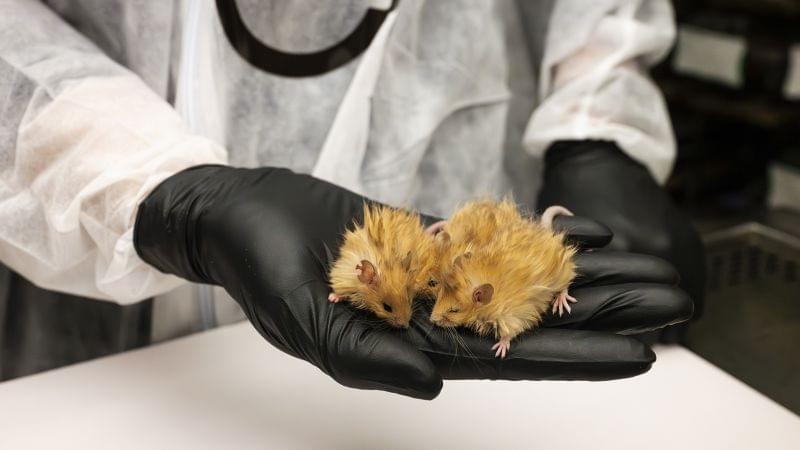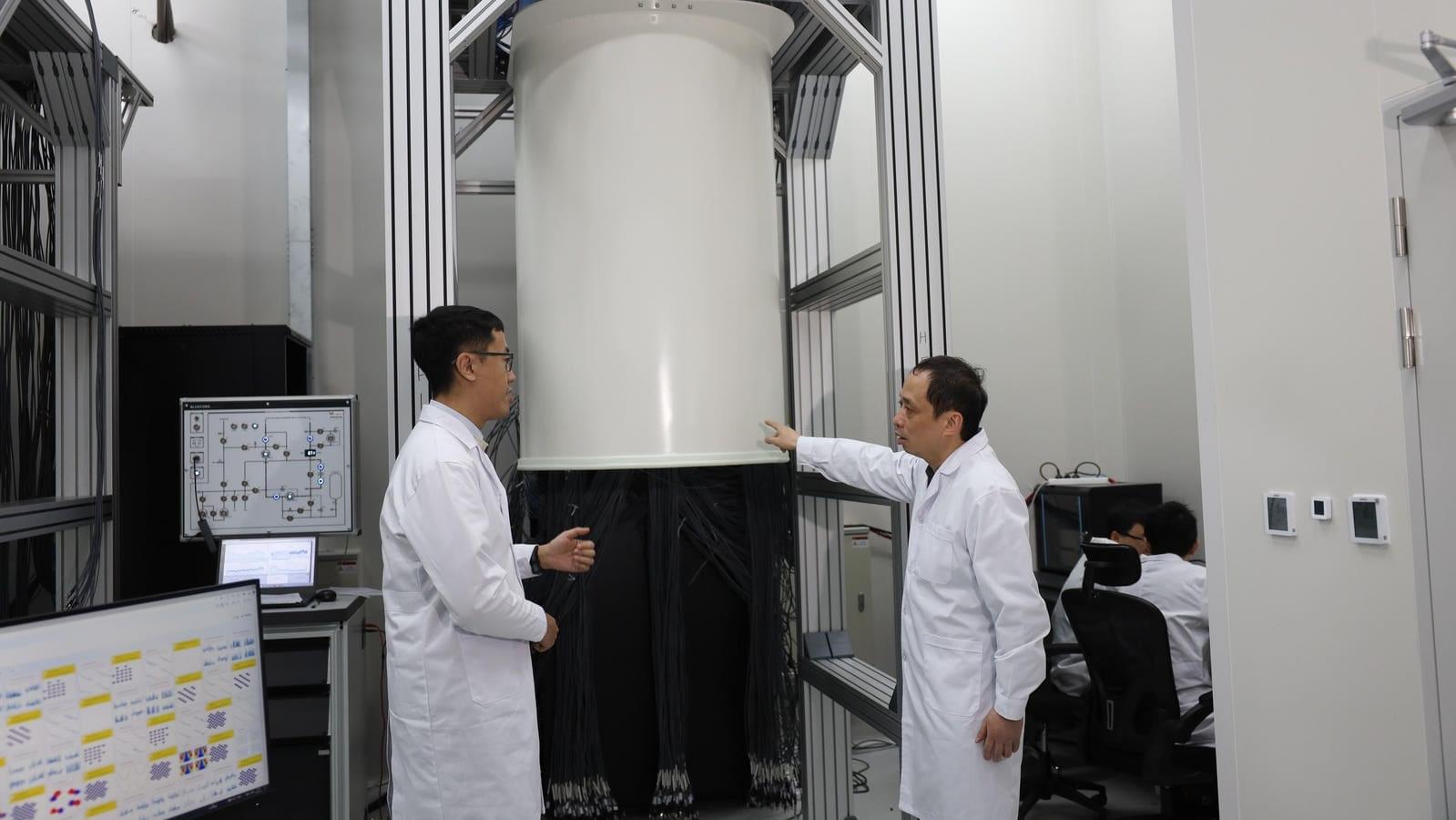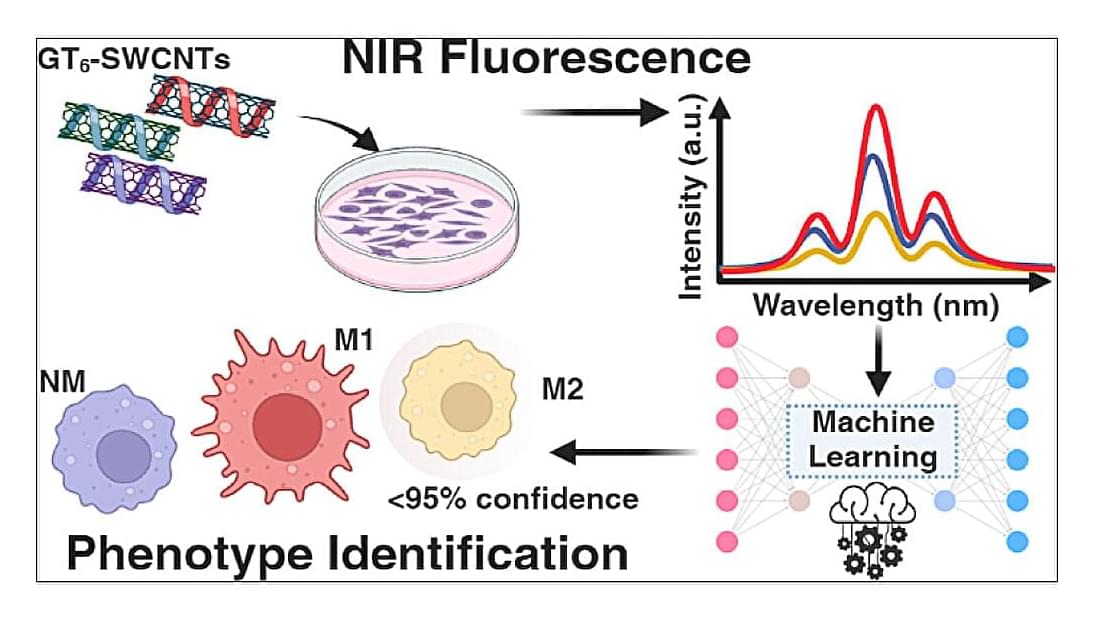Can Tesla REALLY Build Millions of Optimus Bots? ## Tesla is poised to revolutionize robotics and sustainable energy by leveraging its innovative manufacturing capabilities and vertical integration to produce millions of Optimus bots efficiently and cost-effectively ## Questions to inspire discussion ## Manufacturing and Production.
S low model count strategy benefit their production? A: Tesla s speed of innovation and ability to build millions of robots quickly gives them a key advantage in mass producing and scaling manufacturing for humanoid robots like Optimus. + s factory design strategies support rapid production scaling? A: Tesla## Cost and Efficiency.
S vertical integration impact their cost structure? A: Tesla s AI brain in-house, Tesla can avoid paying high margins to external suppliers like Nvidia for the training portion of the brain. +## Technology and Innovation.
S experience in other industries benefit Optimus development? A: Tesla s own supercomputer, Cortex, and AI training cluster are crucial for developing and training the Optimus bot## Quality and Reliability.
S manufacturing experience contribute to Optimus quality? A: Tesla## Market Strategy.
S focus on vehicle appeal relate to Optimus production? A: Tesla## Scaling and Demand.








